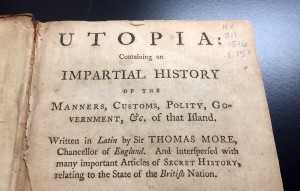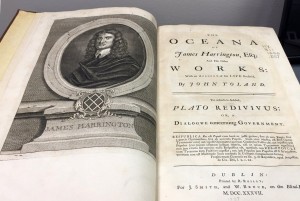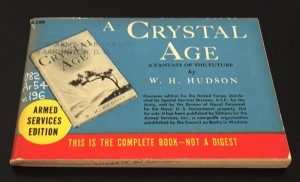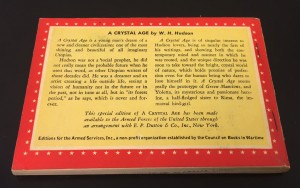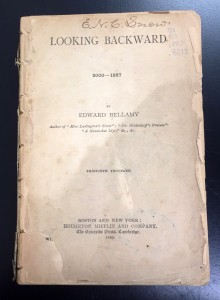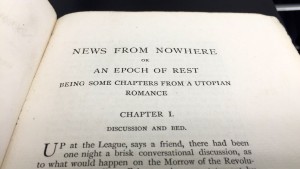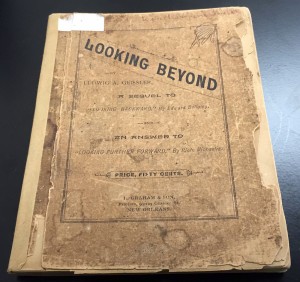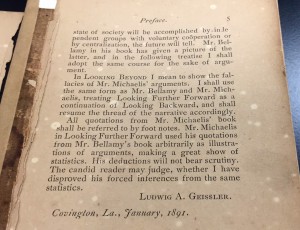When you collect Americana, you can’t help but end up with music — and books on music. In the case of Wade Hall, who focused his collecting on the South, that means a lot of country and western, jazz, blues, and rock ‘n’ roll.
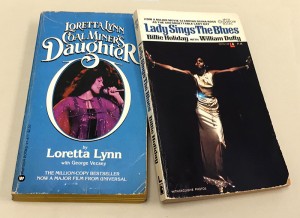 You’re just as likely to find Loretta Lynn as Billie Holiday, both of whom featured in popular biopics in the ’70s and ’80s.
You’re just as likely to find Loretta Lynn as Billie Holiday, both of whom featured in popular biopics in the ’70s and ’80s.
- Holiday, Billie, and William Duffy. Lady Sings the Blues. New York: Lancer, 1972. Call Number: Wade Hall ML420.H58 A3 1972ax
- Lynn, Loretta, and George Vecsey. Coal Miner’s Daughter. New York: Warner, 1980. Call Number: Wade Hall ML420.L947 A3 1980x
Looking for companion pieces? Try Ella Fitzgerald and Billie Holiday at Newport, from the Wade Hall Sound Recording collection, LP 9652; or Coal Miner’s Daughter, from the Wade Hall Sound Recording collection, LP 12626.
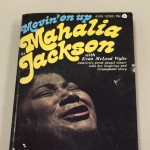 Musical biographies and autobiographies abound, like these on Mahalia Jackson, one by Jackson herself and another by someone else, written after her death.
Musical biographies and autobiographies abound, like these on Mahalia Jackson, one by Jackson herself and another by someone else, written after her death.
- Jackson, Mahalia, and Evan McLeod Wylie. Movin’ on Up. New York: Avon, 1969. Call Number: Wade Hall ML420.J17 A3 1969x
- Goreau, Laurraine. Just Mahalia, Baby. Waco, TX: Word Books, 1975. Call Number: Wade Hall ML420.J17 G67
For a bit of Jackson’s music, try Mahalia! Sings the Gospel Right out of the Church, from the Wade Hall Sound Recordings collection, LP 120.
Early Jazz Greats, though mixed in with the books, is actually a set of trading cards. Each features an artist’s rendering and a short biography. (Call Number: Wade Hall ML87 .E37 1982x)
Louis Armstrong is featured in New Orleans to New York, a jazz album from the Wade Hall Sound Recordings collection, LP 12471.
Feel Like Going Home provides portraits, literal and figurative, of blues and rock ‘n’ roll pioneers. (Call Number: Wade Hall ML385.G95 1981)
For a blues record, give The Bessie Smith Story a try (Wade Hall Sound Recordings, LP 11894.)
Do you need a guide to what was hot in country music, circa 1993? (Country: The Essential CD Guide, Call Number: Wade Hall ML102.C7 H38 1993)
The Wade Hall Sound Recordings collection has CD’s, too, including Garth Brooks’s Double Live (CD 98) and Reba McEntire’s Rumor Has It (CD 64).
How about a pictorial history of the Mother Church of Country Music, up through the early 1960s? (Official WSM Grand Ole Opry History-Picture Book, Call Number: Wade Hall ML385.O4x v.2 no.2 1961)
All joking aside, the dated nature of some of these items is exactly why they’re good to collect: they capture a period in time that is receding from us, showcasing important figures that otherwise might disappear from the historical record.
They’re also just interesting, period. Honky-Tonk Heroes (Call Number: Wade Hall ML87 .R8 1975) presents portraits of major country stars in the 1970s. For example, it captures this moment with married superstars Tammy Wynette and George Jones — who were likely divorced by the time the book was published.

The book covers a range of “honky tonk” stars, from Outlaws like Waylon Jennings to oddball Buck Owens, pioneer of the Bakersfield sound, to the inimitable Dolly Parton.
The book was named for an album by Loretta Lynn and frequent duet partner Conway Twitty. You can find their Honky Tonk Heroes in the Wade Hall Sound Recordings collection, LP 9647. If you prefer, look up George and Tammy’s duet album We Go Together, LP 12927.





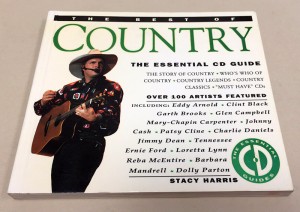

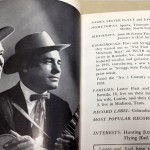
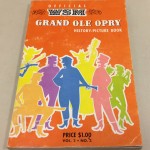
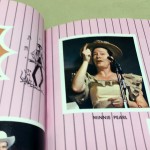


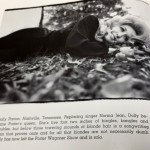


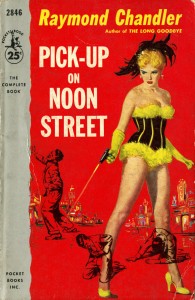
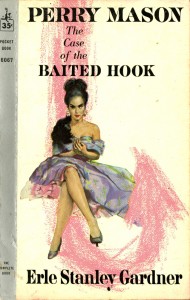

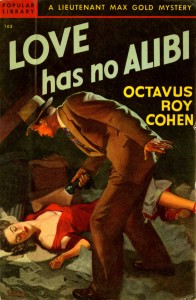

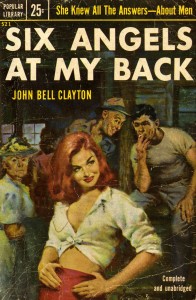
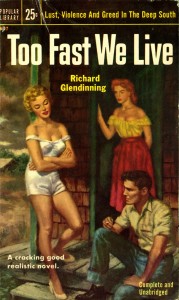

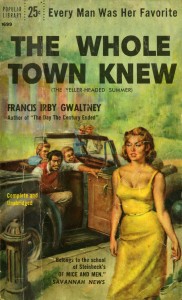
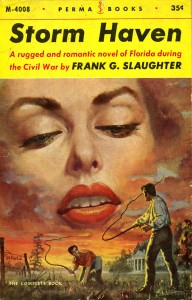

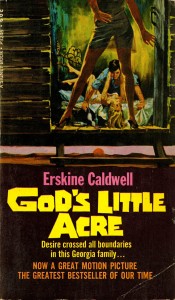

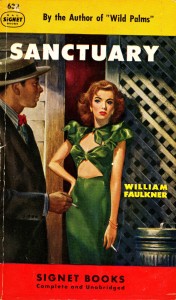
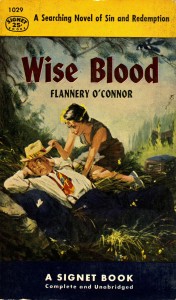
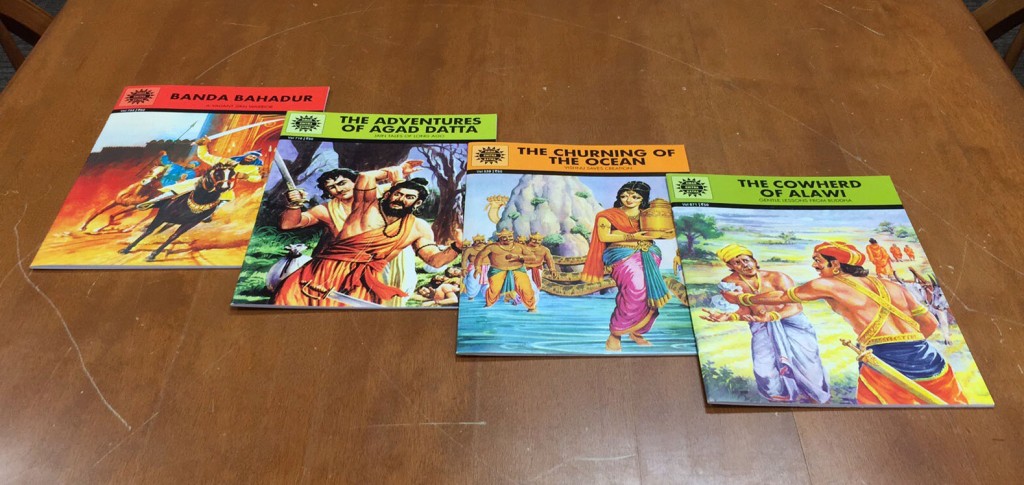

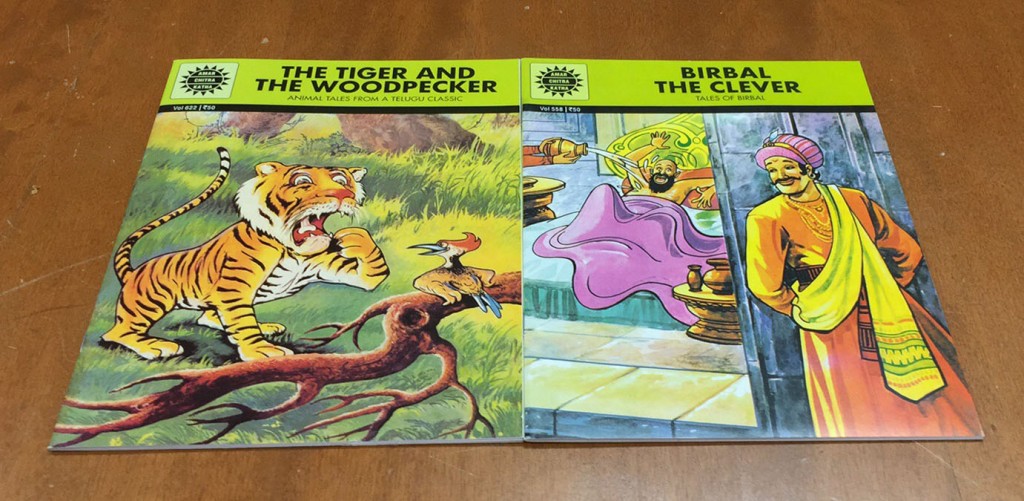


 When we say goodbye to buildings, we often say hello to interesting things that finally come out of them as their inhabitants prepare for demolition. Over the summer, we got to digitize one such discovery: a
When we say goodbye to buildings, we often say hello to interesting things that finally come out of them as their inhabitants prepare for demolition. Over the summer, we got to digitize one such discovery: a 


